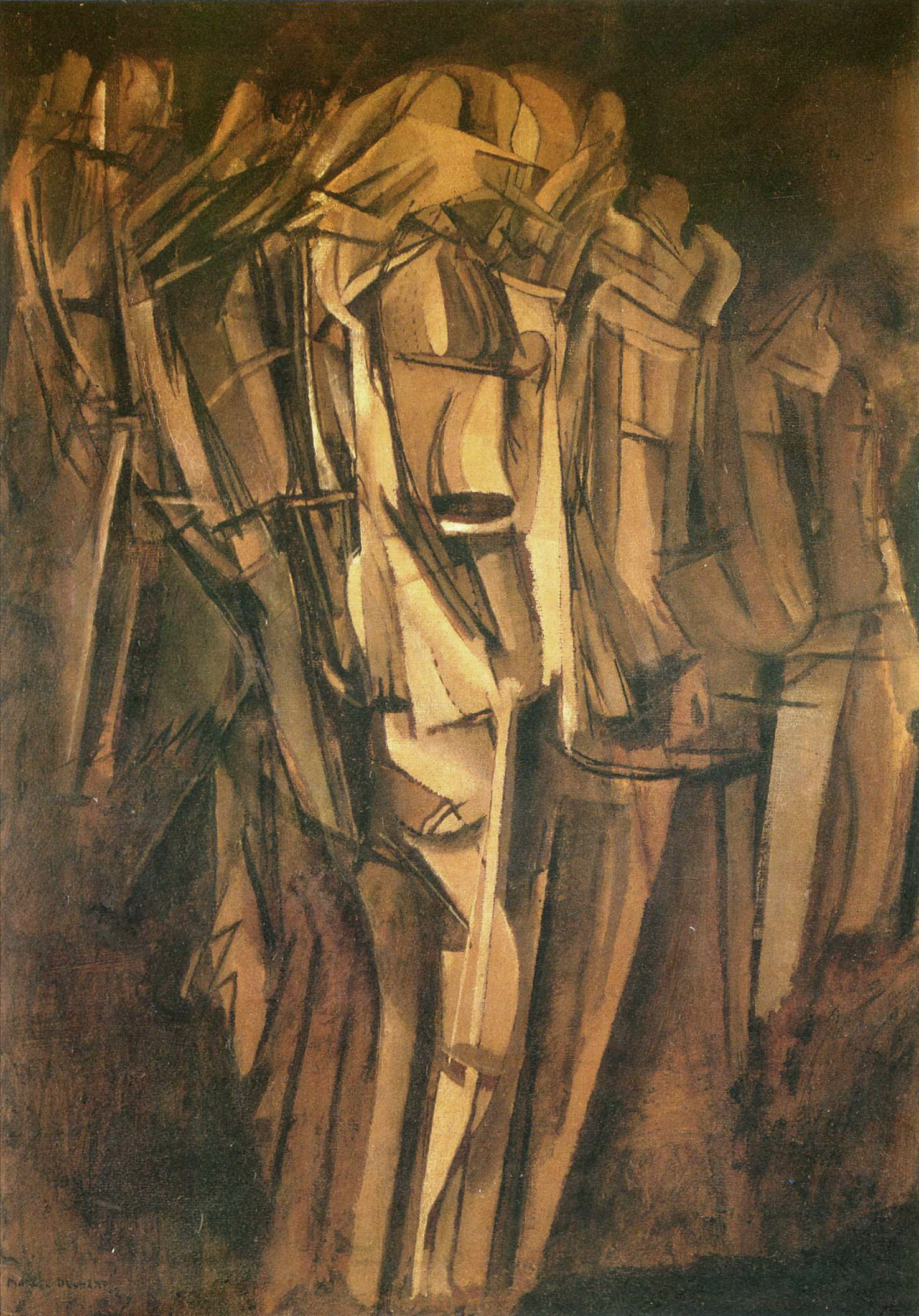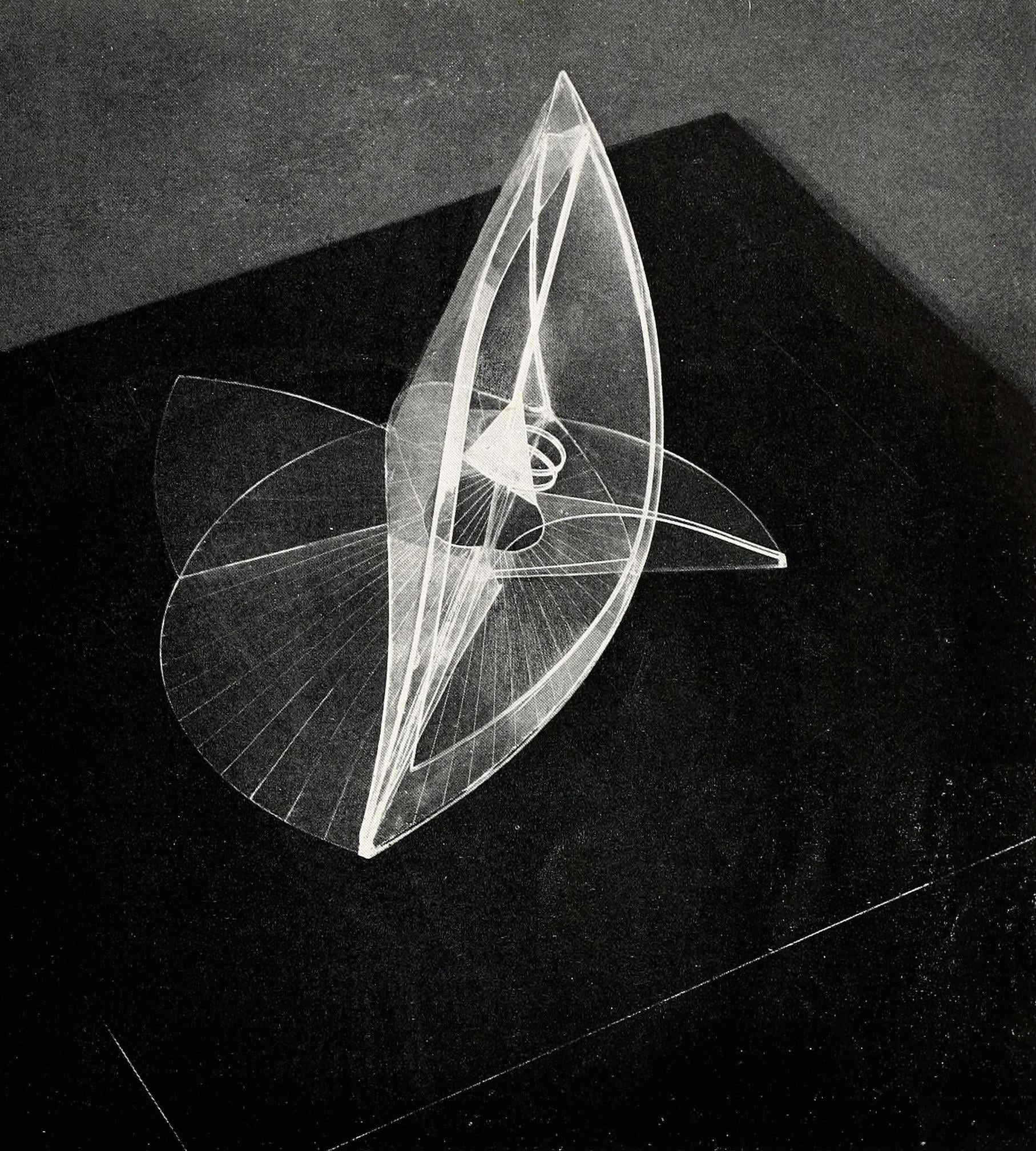In a more general sense, after doing the readings, the terms “machine art” and “kinetic art” seem to be used as ways to challenge the traditional forms of art and explore expressions beyond that. “Machine Art” seems to, at first, closely related to Tatlin’s work and Tatlinism, but later in the first reading it writes: “Nevertheless, Tatlin himself soon rejected this approach because it preserved art as a practice outside of the overall processes of social production…”, which might indicate that the “machine art” is supposed to be more than pure art but also preserve some of the social production serving properties like general machines.
But considering how Tallin himself is also influenced by artist like Picasso for his creations and the author’s statement in the beginning of the first chapter that there’s no conclusive definition of “machine art” based on its historical usage, I would like to consider it more like an innovative approach for artistic expression compared to traditional painting and sculpture.
As for the term “kinetic art”, the third reading Kineticism: The Unrequited Art seems to have a very clear stand on differentiating simply kinetic mechanisms and kinetic art, saying it is the artists who have embraced the direction of mechanization, while engineers and technicians have often resisted or failed to produce successful kinetic art, as well as that kinematics is concerned with ideal motion and geometric relationships, while kinetics deals with motion resulting from physical forces.
Two artist that was mentioned in Kineticism: The Unrequited Art are Marcel Duchamp are Naum Gabo. From my research, Marcel Duchamp’s famous painting “Nude Descending a Staircase” was rejected by a museum in Paris for cubism exhibition because they say it looks also a bit like futurism. And I then searched for futurism related art works and found this one by Ciacomo Balla called “Dinaismo di un cane al guinzaglio”that has some similar features. Same with another of Naum Gabo’s painting, “Sad young man in a train”, they all tried to show a dynamic motion on a static canvas.



Naum Gabo’s work are more like sculpture (only in the sense that they are non-paintings). When searching for his art works I wanted to find some videos of his work but there only seem to be pictures, so I wander if some of his pieces are meant to move or just displaying statically. But whichever they should be, from the picture I could tell that have a sense of motion in how they are shaped and designed.


I also did some research on Jean Tinguely’s work, and his fits best to my interpretation of kinetic art. For this music machine called “Méta-Harmonie”, the fact that it is a music machine fits the “Associative” and “Symbolic” aspects of Andreas Broeckmann’s machine aesthetics keys, for it could be interpreted as exploration of the social implications and contexts of the technology, or symbolically describe aspects of human culture. And it is very easy to find videos of it running and working in motion, which also related to the “Formalist”, “Kinetic” and “Automatic” aspects, appreciating the aesthetic qualities of functional forms, exploring the expressive potentials of movement and motion, and has an autonomous and independent operation. The work of the first three artist may be relatable to a few of the aspects but hardly all.

I think the most important role machine machines play within media arts projects is adding a sense of motion to the work. Detection of motion is an innate ability of human, we are more sensitive of moving objects compared with static ones, and incorporating kinetic elements in art is like creating more channels for expression.